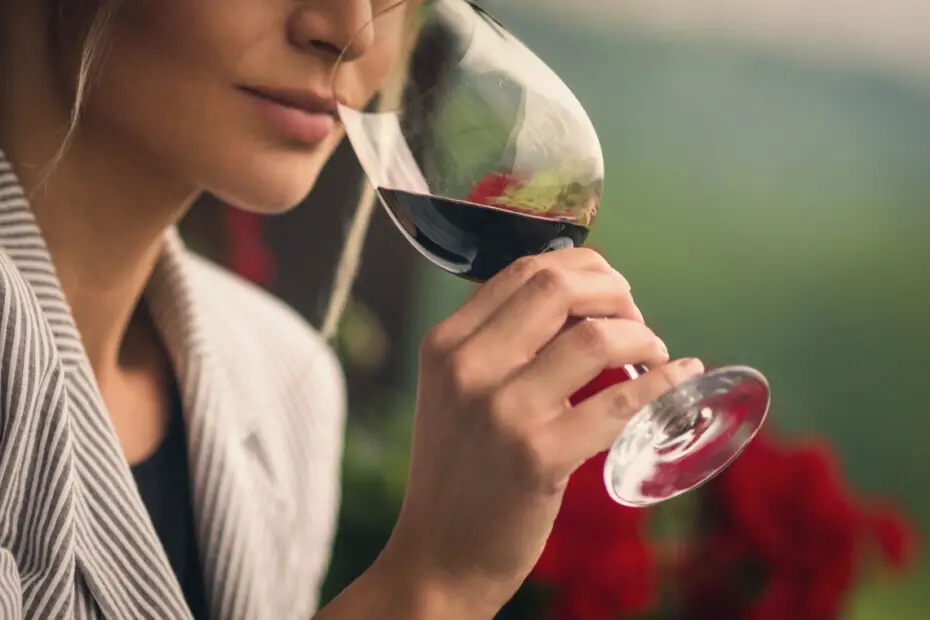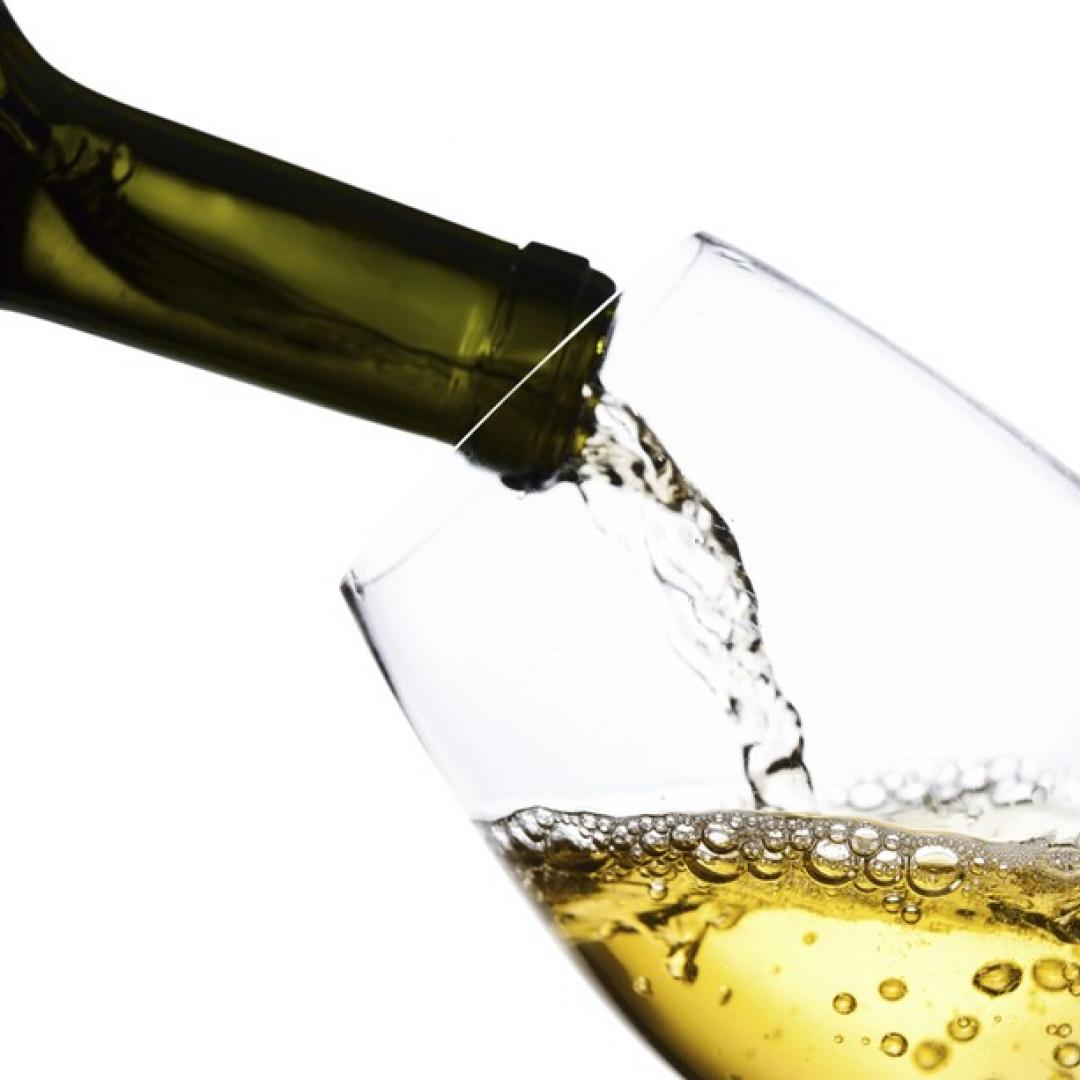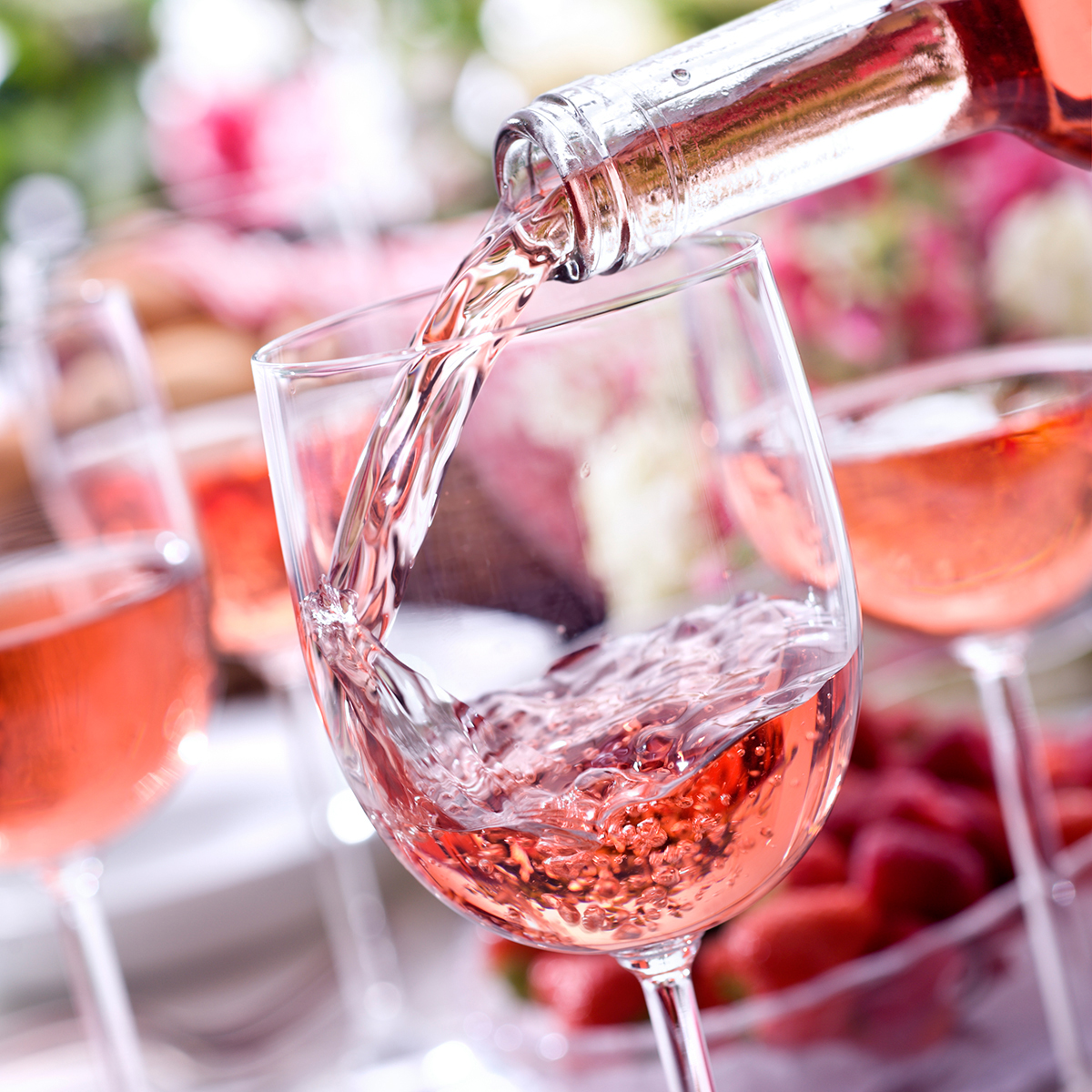Wine is one of the world’s favorite beverages, its taste, freshness and aromas make everyone who is looking for something delicious to accompany their life rave about it, but knowing how to enjoy it thoroughly has a methodology that some people do not know.
Wine tasting is a way in which we can get in touch with the wine in a sensory way and discover each of the secrets it holds within itself. To do a wine tasting it is necessary to really know how to do it because in this way we will be able to discover each of the organoleptic qualities that encloses to get our attention. Join us to discover the fascinating world of wine tasting and thus better understand the general qualities of these great tasting wines.
En esta nota, encontraras lo siguiente
what is a wine tasting?
A wine tasting is a sensory analysis performed to discover the qualities and organoleptic properties of our favorite wine. Our sense of smell, sight and taste allow us to make an in-depth composition of everything that makes a wine possible, so by doing so we can learn about characteristics that others are completely unaware of, such as age, maturity, fermentation conditions, etc.
How to taste a wine step by step
Tasting a wine is not a simple task, it is a job that allows us to know the goodness and flaws that our favorite wine may have, also we should not only stay with a single type and style, we should taste as many wines as possible. Wine tasting is developed in three phases: 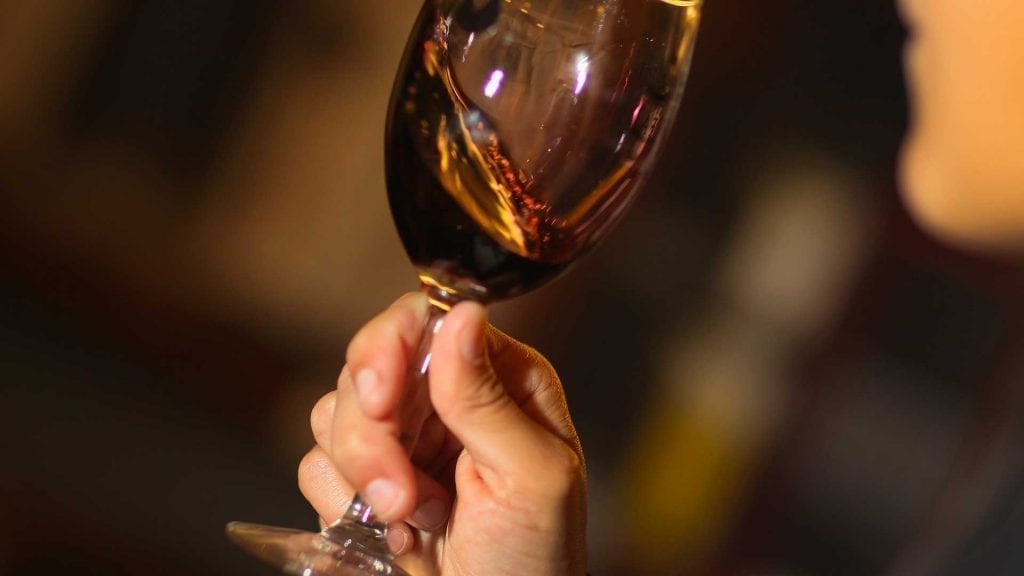
1.- Visual Phase
This is the first phase of wine tasting, one in which the characteristics of the wine are evaluated before the eye, such as clarity, color, fluidity and any effervescence it may have. To do this, the wine is placed in the glass up to one third full.
The glass is held by the foot and stem and raised to eye level to observe its contents, and it is right here that we can discover the type of wine we have, as well as other characteristics such as: Clarity The first thing to be analyzed is the clarity of the wine, for this we must make sure that no suspended particles are present in the glass that could create opacity, so the glass is held and placed against the light. If there are no particles in suspension it is defined as a clear wine but if it has particles in suspension it is called an opaque wine.
Color We tilt the glass to be able to identify the color, shade or tonality of the wine to be tasted, this allows us to know what type of wine it is: Shades of red wine according to its age
- Young wines: Ruby or cherry
- Aged wines: Garnet or brick red
Shades of white wine according to its age
- Young wines: Straw yellow or greenish yellow
- Aged wines: Golden
Shades of rosé wine according to its age
- Young wines: Pale pink or strawberry
- Aged wines: salmon-colored
Fluidity The fluidity allows us to observe the texture of the wine, for this the arches and tears that form in the glass allow us to discover the alcohol content, if the arches are very dense we have a wine of greater consistency and if the tears are dense more alcohol has our wine. It is in this phase that we can define the wine as:
- Consistent: We will be in front of a consistent wine when it falls in the glass of the glass in a way that is difficult to move, making thick and regular arcs as is the case of soft wines.
- Not very consistent: This wine falls through the glass lightly without creating defined arcs.
- Viscous: We are in front of a viscous wine when it falls heavily in our glass as in the case of dessert or table wines.
2.- Olfactory Phase
This phase within the wine tasting is perhaps the most difficult of all, it reveals the potential of the wine, but also shows us its defects, in order to do so we must smell the wine with the glass at rest, in our first aspiration we capture unpleasant odors, such as cork, moisture and sulfur, but we also capture the aromas and perfumes of the wine.
Then we hold the glass by the foot and spin the liquid inside the glass so that it creates a vortex and releases its light aromas, for this we breathe the wine with inhalations to analyze the perfumes and aromas, as well as its bouquet. In our olfactory phase we can find wines with aromatic displays distributed as follows:
- Floral
- Herbaceous
- Fruity
- Spicy
3.- Gustative Phase
It is the most delicate point of our wine tasting, in it the wine comes into direct contact with our mouth, for this we fill it leaving the contact to be intense, we proceed to spit and if necessary we repeat the process again.
The passage of the wine through the mouth allows us to feel the texture and appreciate through the palate the alcohol content, astringency and consistency of the broth. Generally there are four basic flavors in wine, bitter, acid, salty and sweet, which we can capture when we feel the liquid on our palate, and it is also the point at which we can discover its persistence and quality.
Types of wine tasting
There are some types of wine tasting that allow us to fully enjoy it and make exhaustive comparisons of each of the properties that make it up, which is why we can name the following types of wine tasting: 
- Analytical: Its function is to separate, order and identify the dominant qualities of the wine, for this purpose the simultaneous sensations that it produces at the time of its passage through the palate are interpreted.
- Technical: Its purpose is to judge the commercial qualities of our wine, for which the wine is subjected to an exhaustive evaluation with which a form is filled out describing its properties and possible faults.
- Hedonic: Its function is to enjoy the wine in an intelligent way by taking advantage of its qualities.
- Vertical tasting: It is the one in which the same wine is tasted, from the same winery, but from different vintages or vintages.
- Horizontal tasting: Different wines of the same vintage and the same appellation of origin are tasted, comparing the different elaborations and grapes used.
- Blind Tasting: Wines are tasted without information of origin and are described without any kind of suggestion since the bottle and label are completely unknown.
how is the wine tasting glass?
Each wine has a glass that allows to appreciate its full potential, however, at the moment of tasting, an exclusive glass is used, certified by international standards that allows the different wines to be evaluated in the same way, this glass is the AFNOR. The AFNOR glass is the acronym of the Association Française de Normalisation, and its creation responds to the need for standardization of the container par excellence for tasting a wine regardless of its style or type. 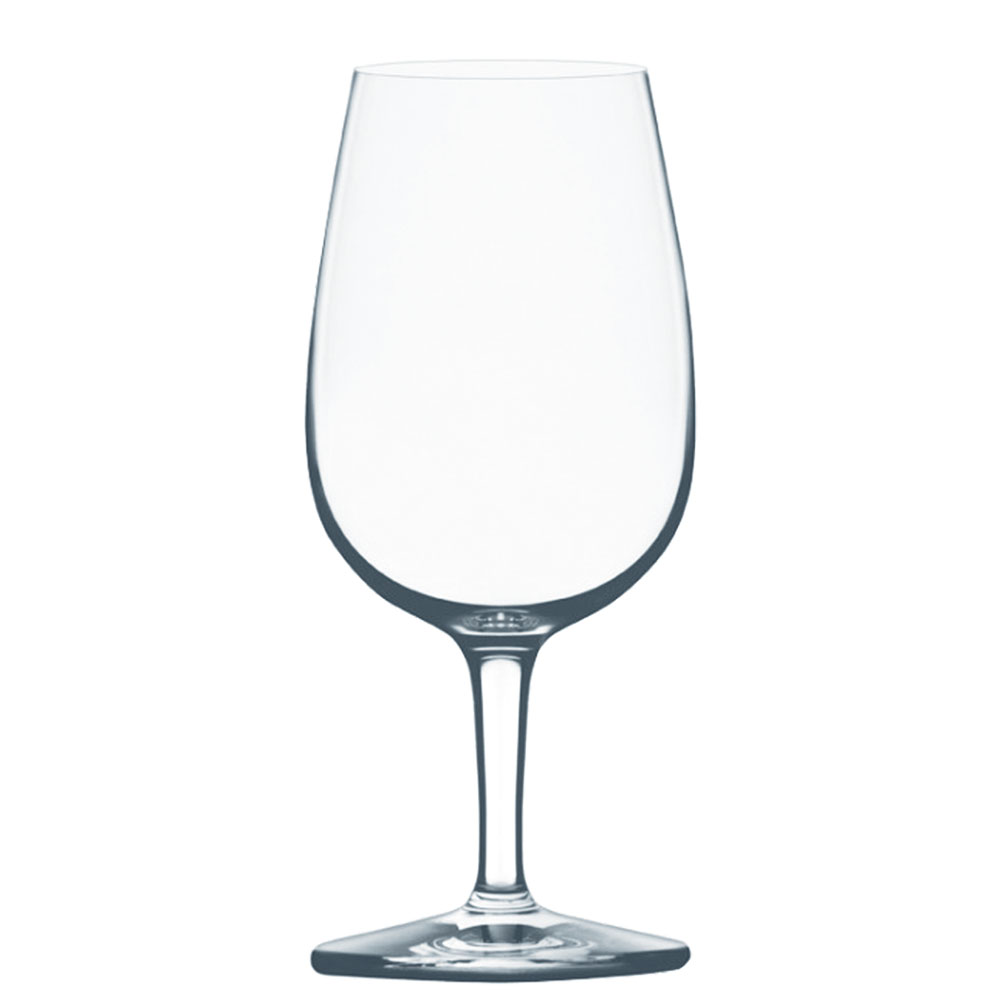 The AFNOR glass is made of glass with a capacity of 215 cc and also meets the International Standard ISO 3591-1977 of the International Organisation of Vine and Wine since 2009. The AFNOR wine tasting glass has the following characteristics:
The AFNOR glass is made of glass with a capacity of 215 cc and also meets the International Standard ISO 3591-1977 of the International Organisation of Vine and Wine since 2009. The AFNOR wine tasting glass has the following characteristics:
- Total height of the glass of 155 mm (±5)
- Calyx height of 100 mm (±2)
- Stem and base height of 55 mm (±3)
- Rim diameter of 46 mm (±2)
- Calyx horizon diameter 65 mm (±2)
- Base diameter 65 mm (±5)
- Total glass capacity of 215 mm (±10)
- Tasting volume of 50 ml
- Glass thickness of 0.8 mm (±0.1)
- Thickness of the stem: 9 mm (±1)
- Made of colorless transparent glass with a lead percentage of 9 to 12%
Its characteristics allow it to be drunk without having to have contact between the hand and goblet and make it stable, however, for some experts it is not useful and they think that the best glass for wine tasting is the Oenologue glass. The Oenologue glass, according to the opinion of some experts, is more attractive, since it has a larger capacity, a bigger mouth and allows a better introduction of the nose in it at the moment of tasting.

